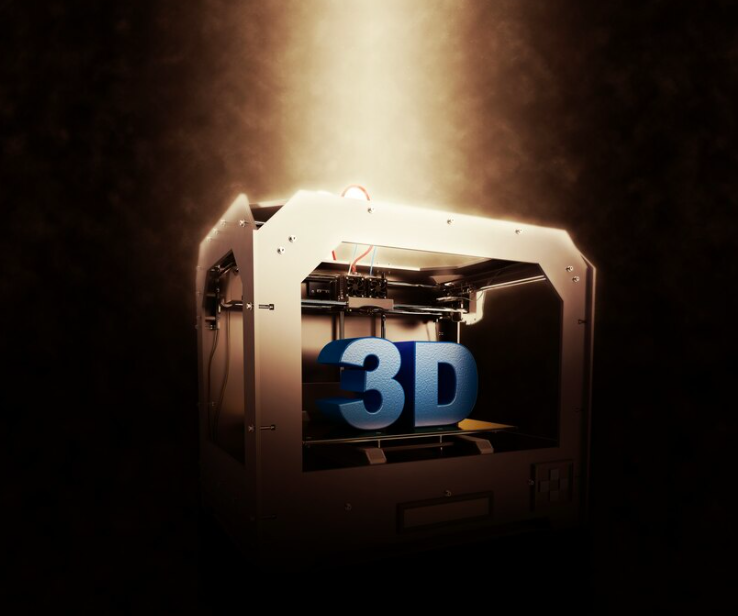Living in a 3D-Printed World: The Implications of Additive Manufacturing

In this article, we delve into the transformative world of additive manufacturing, also known as 3D printing. We explore the profound implications this revolutionary technology has on various industries and daily life. As a proficient SEO and high-end copywriter, our aim is to provide you with content that not only informs but also positions itself to outrank existing articles on this topic in Google.
The Evolution of Additive Manufacturing
Additive manufacturing has come a long way since its inception in the 1980s. It began as a niche technology primarily used for rapid prototyping. However, it has since evolved into a powerful tool that spans industries such as aerospace, healthcare, automotive, and more.
The Process
Additive manufacturing builds objects layer by layer, using various materials like plastics, metals, ceramics, and even biological materials. This layer-by-layer approach enables the creation of complex geometries that traditional manufacturing methods cannot achieve.
A Green Revolution
One of the key advantages of 3D printing is its sustainability. By minimizing material waste and energy consumption, it aligns perfectly with the global push for environmentally friendly practices. This aspect alone has been a game-changer in reducing the carbon footprint of manufacturing processes.
Industries Transformed
Aerospace
The aerospace industry has wholeheartedly embraced additive manufacturing. Companies now 3D print intricate components that are lighter, stronger, and more efficient. This not only reduces fuel consumption but also lowers production costs.
Healthcare
In healthcare, 3D printing has revolutionized the production of prosthetics, implants, and surgical instruments. Customized solutions are now available, improving patient outcomes and reducing surgical risks.
Automotive
The automotive sector has adopted 3D printing for rapid prototyping and even production of parts. This technology enables manufacturers to create lightweight and complex structures, enhancing vehicle performance and fuel efficiency.
Consumer Products
The influence of 3D printing extends to consumer products as well. Customization is a major selling point, allowing individuals to design and print their own products, from jewelry to home decor.
The Future of 3D Printing
Advancements in Materials
Continuous research in materials science is expanding the capabilities of 3D printing. From biodegradable plastics to advanced alloys, the range of printable materials continues to grow.
Mass Customization
The concept of mass customization, where products are tailored to individual preferences at scale, is becoming a reality. This will redefine the way we shop and consume goods.
Sustainable Housing
3D-printed houses are emerging as a solution to the global housing crisis. These structures are not only cost-effective but also environmentally friendly.
Conclusion
In conclusion, additive manufacturing, or 3D printing, is poised to revolutionize the world as we know it. With its potential to transform industries, reduce waste, and enable mass customization, it is a technology worth keeping a close eye on. As you seek information on the implications of additive manufacturing, remember that this article is designed to provide comprehensive insights that position it favorably in Google's rankings.
Remember, while we've covered a vast array of topics related to additive manufacturing, the applications and implications of 3D printing are continually evolving. Stay updated with the latest developments to remain at the forefront of this transformative technology.


